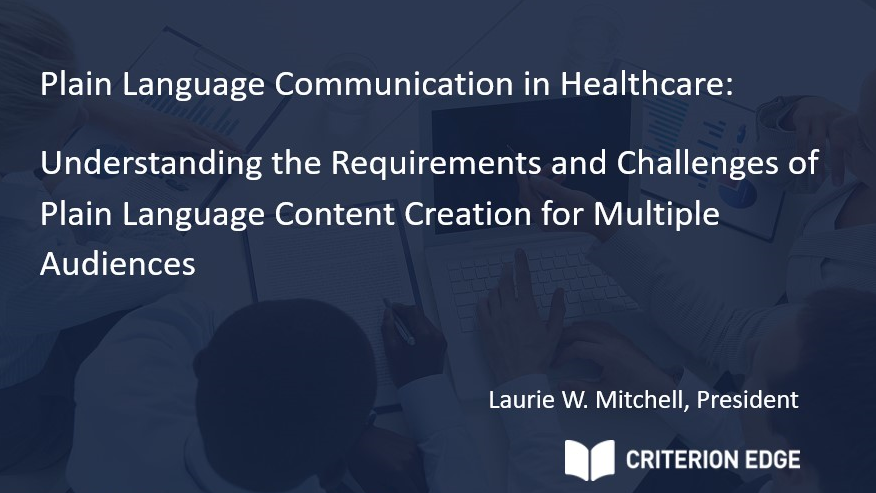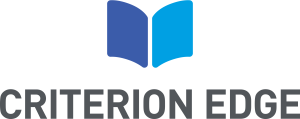New Requirements for In Vitro Diagnostics: Lessons Learned from the AAMI/FDA/BSI Annual Conference
The In Vitro Diagnostics Regulation (IVDR) took effect in May 2022 and has introduced substantial changes in the regulatory framework for in vitro diagnostic medical devices (IVDs) in Europe. IVD manufacturers are expected to meet more rigorous standards for clinical evidence, with up to 80% of IVDs requiring Notified Body certificates under IVDR.
In October 2022, the AAMI/FDA/BSI Annual Conference sought to discuss current knowledge and practical strategies to meet these new clinical evidence requirements. Dr. Sarah Chavez, Criterion Edge Director of IVD Writing Services, was honored to be an invited speaker. She joined with other regulatory, notified body and industry leaders as panelists at the pre-conference workshop “New Requirements for In Vitro Diagnostics”.
Attendees to this webinar will benefit from key insider insights gleaned from the Annual Conference, as Sarah will be share and discuss the key take-aways from the Symposium, including clinical evidence requirements and strategies to keep your report writing and data collection on track. Since most companies are in the early stages of planning for IVDR, the goal of this webinar is to provide helpful suggestions for IVDR planning and preparation from the perspective of experienced regulatory writers.
At the end of the presentation, we will dedicate 15 minutes to answering your questions. Please submit your questions beforehand if you have any to help us prepare. Also, you can submit your questions at any point during the presentation.
Click here to register for this session.
Who should register for this webinar?
Those Regulatory, Quality and Clinical leaders and teams who develop, write, review or approve performance evaluation reports for IVDR submissions, or anyone looking to learn more about new requirements for in vitro diagnostics.
Key Changes in the Regulatory Requirements for In Vitro Diagnostic Devices Marketed in the European Union Under IVDR 2017/746
In vitro diagnostic (IVD) medical devices in the European Union are being held to a higher standard of scrutiny with the introduction of In Vitro Diagnostic Regulation (IVDR) 2017/746 by the European Commission (EC).
Overview of In Vitro Diagnostic Regulation 2017/746
The implementation of IVDR dramatically changes the regulatory landscape for IVD medical devices. Some of the biggest changes include an expanded definition of IVDs, a new classification of IVDs, the requirement of Unique Device Identification (UDI) on each device, an expansion of the Quality Management System, and the increased need for Notified Body (NB) review.
The transition into IVDR is already underway. IVDs marketed in the EU will continue to require a CE Marking certificate to verify that the device meets all the regulatory requirements. Failure to meet the IVDR deadlines could be very costly to manufacturers that would either lose their CE Marking or fail to obtain one. Click here to read the full blog post that outlines the deadlines for manufacturers to become compliant with IVDR 2017/746.





